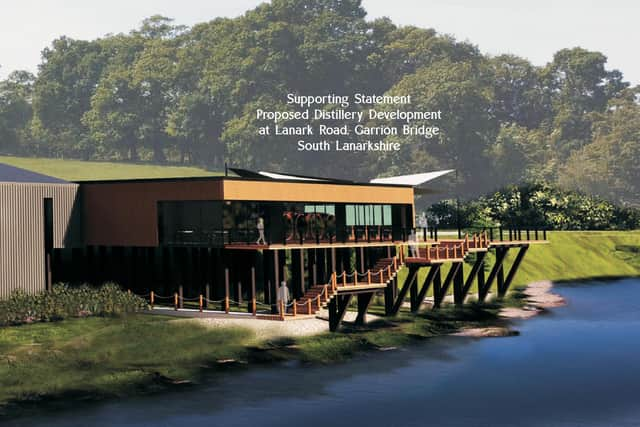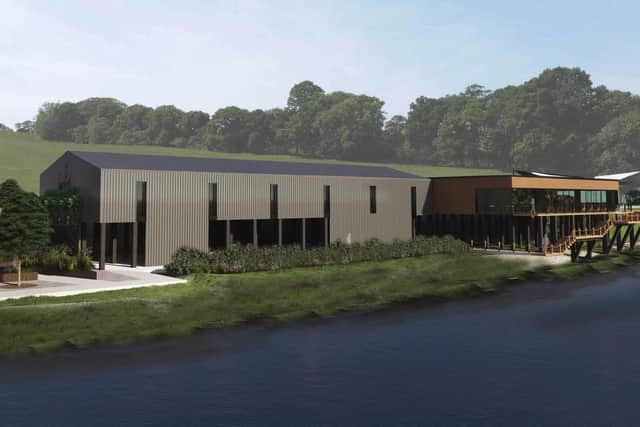New distillery is in the planning for the Clyde Valley Tourist Route
and live on Freeview channel 276
The Clyde Valley Distillery, which would produce 60,000 litres of alcohol annually, including rum, vodka, and eventually whisky, would be situated on Lanark Road at Garrion Bridge.
Sandwiched between the A72 Lanark Road and River Clyde, the £2 million development would boast a distillery, visitor centre, cafe and parking for up to 122 vehicles.
Advertisement
Hide AdAdvertisement
Hide AdTo the south of the distillery building, an area will be laid out with raised planter beds in which herbs used in connection with rum flavourings will be grown, with fresh vegetables for use in the café.


Located at the start of the Clyde Valley Tourist Route, a space for community groups to utilise has also been included in the plans, along with the chance for local producers and crafters to showcase their goods.
The idea is the brainchild of businessman Neil Pringle, who grew up on a farm just a stone's throw from the development site.
He plans to use state-of-the-art technology to power the attraction; its innovative design, built on stilts, also ensures it is elevated from the flood plain. Once built, the distillery would create 33 full time posts.
Advertisement
Hide AdAdvertisement
Hide AdNeil said: “The proposed distillery is more than just a production facility; it's a symbol of South Lanarkshire's innovative spirit and resilience.


“In an era marked by climate variability and flood risks, this flood resilient structure stands as a beacon of architectural innovation, environmental adaptation, and sustainable development.
“Our collaboration with iStill.com is a key element, reducing energy consumption by 80 per cent compared to conventional distilleries.”
It would also be the first distillery in Scotland to use treated water from the River Clyde for spirit production and cooling of stills, which would be another unique selling point.
Advertisement
Hide AdAdvertisement
Hide AdNeil added: “The development would significantly benefit local businesses, such as holiday accommodations, restaurants and other tourist attractions.
“It would place the Clyde Valley Tourist Route prominently on the distillery map, offering a unique experience for both tourists and locals.”